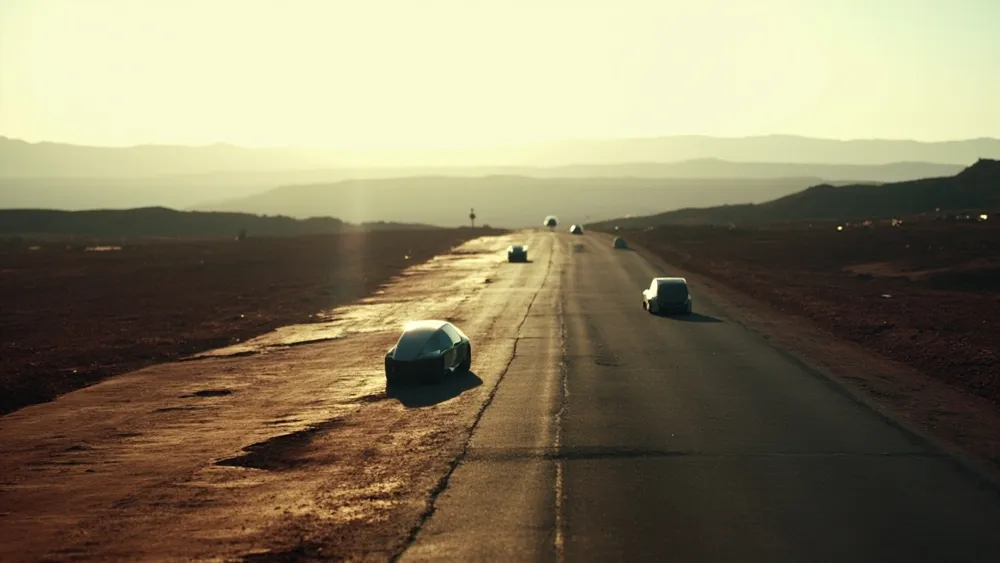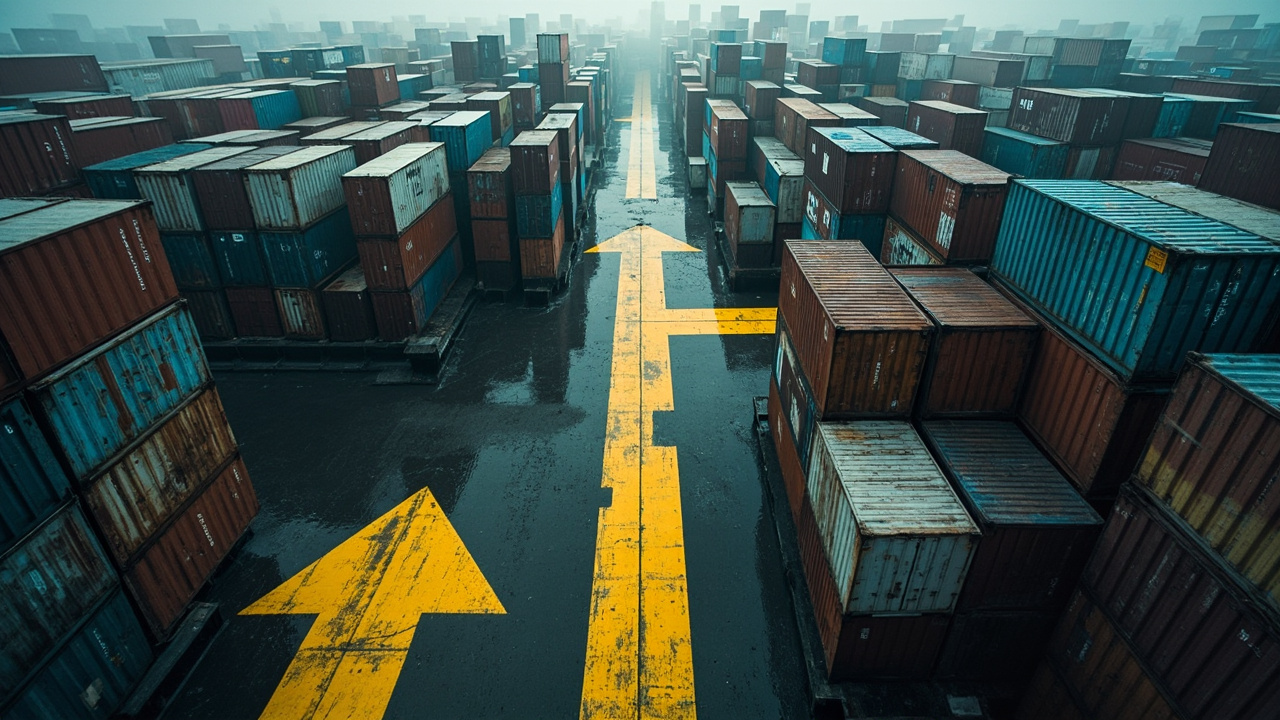Tesla protests in Austin over Musk's robotaxi plans

The recent protests in Austin against Tesla's impending robotaxi launch signify more than just local discontent; they illustrate the tension between innovation and public safety, particularly as the automotive industry navigates the murky waters of autonomous technology. Elon Musk's ambitious plans to potentially unveil the pilot of the robotaxi service on June 22 have been met with vocal criticism, raising significant questions about safety standards and regulatory oversight within this rapidly advancing sector.
Safety concerns are at the heart of the issues raised by protestors, many of whom cite alarming statistics about the number of accidents involving Tesla’s Autopilot and Full Self-Driving (FSD) software. National Highway Traffic Safety Administration data show that these automated systems have been involved in numerous incidents, some resulting in fatalities. Critics argue that the unreleased 'unsupervised' version of FSD planned for the robotaxi could exacerbate an already tenuous safety landscape. This could have broader implications for investors, particularly as the stock market continues to evaluate the fine line between technological advancement and public safety. How, then, should stakeholders interpret Musk's insistence on the robotaxi rollout amidst such high-profile protests?
The protests also underscore a wider societal debate regarding the ethics of rapid technological deployment without adequate safety assurances. Comparatively, this situation parallels past technological leaps, such as the introduction of early internet technologies during the dot-com bubble, which were often unregulated and resulted in significant consumer fallout. Similarly, the present case highlights a critical misalignment between consumer trust and corporate transparency. With Tesla's multiple controversies and high visibility, the company risks alienating not just consumers but also institutional investors who may be wary of long-term brand sustainability affected by mounting public scrutiny. Furthermore, Tesla's credibility among regulators could suffer, potentially leading to stricter oversight and additional costs.
In conclusion, as Tesla moves forward with its robotaxi plans amidst protests and safety concerns, it presents a complex double-edged sword for stakeholders. On one side, if the company can successfully address safety issues and gain public trust, it could solidify its position as a leader in autonomous driving. On the other, failure to manage these emerging challenges may lead to costly implications, including regulatory hurdles, litigation, and a damaged reputation. Investors should closely watch not only the regulatory response but also public sentiment as it evolves, potentially unearthing both risks and opportunities in this innovative, yet precarious sector.
Read These Next

Businesses Use 'Tariff Engineering' to Skirt Rising Duties Amid New Trade Policies
This article discusses the resurgence of 'tariff engineering' as companies adapt their products to evade higher tariffs under the Trump administration. Industry experts highlight various strategies businesses employ to classify products differently for lower duty rates, reflecting broader implications for U.S.-China trade relations and global supply chains.

ASEAN Fruit Promotion Campaign Launches in Guangxi, S China
Guangxi's fruit promotion campaign, launched on June 18, 2025, enhances ASEAN agricultural trade and regional collaboration.

Coinbase, Circle shares surge after stablecoin bill passes Senate
The article discusses the significant surge in shares of Coinbase and Circle after the Senate's passing of the GENIUS Act, which seeks to establish a framework for U.S. dollar-pegged stablecoins. It highlights the implications of regulatory clarity for the cryptocurrency market and assesses potential risks and opportunities for stakeholders.
